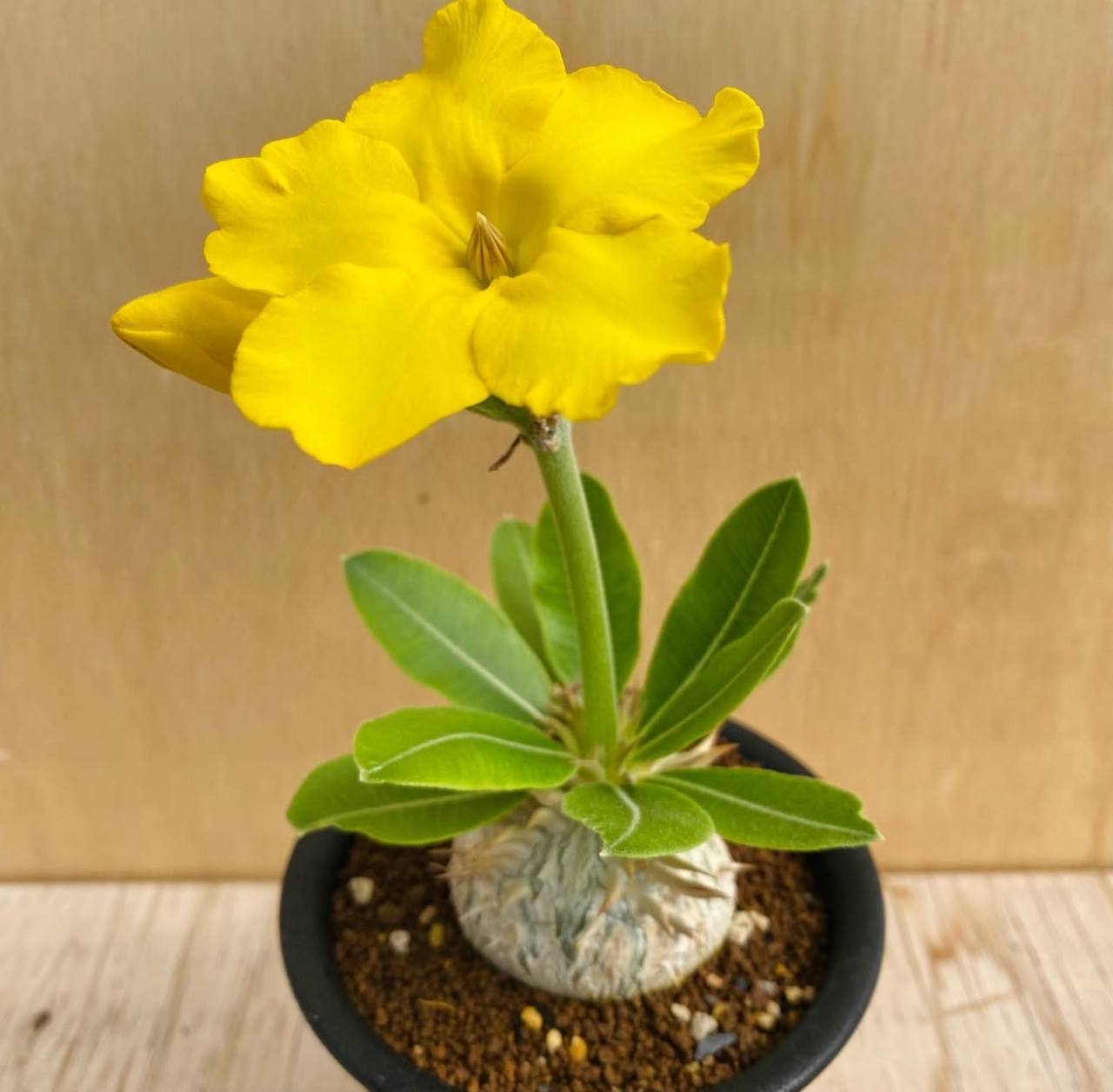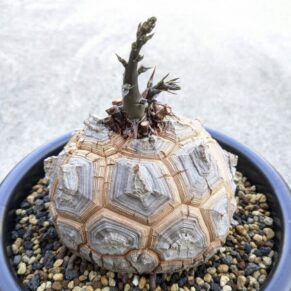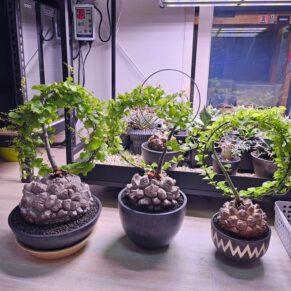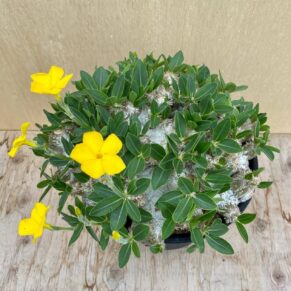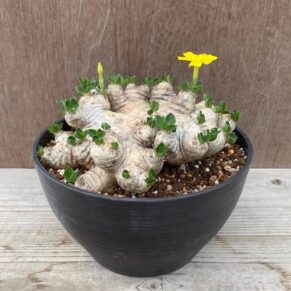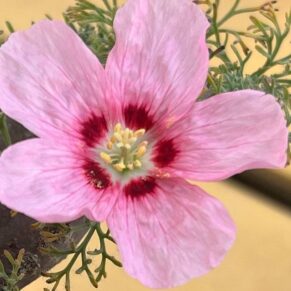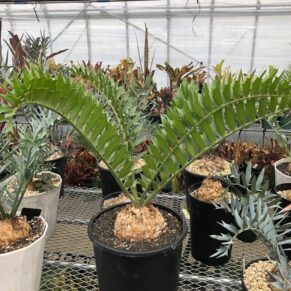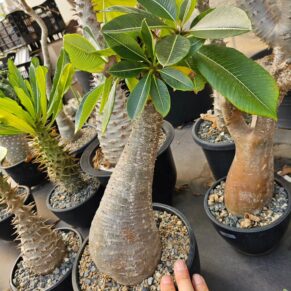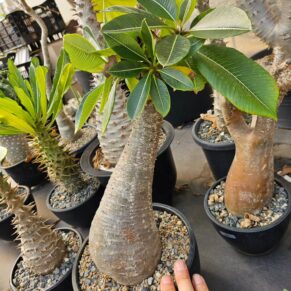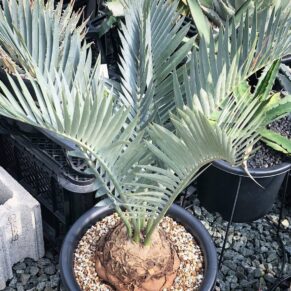- Your cart is empty
- Continue shopping
Shop
Pachypodium enigmaticum
$55.00
Discover the rare Pachypodium enigmaticum, a unique Madagascan succulent known for its striking caudex and vibrant yellow flowers, with vital insights on its care, habitat, and conservation.
Availability:9 in stock
Add to cart
Buy Now
Pachypodium enigmaticum: An In-Depth Exploration of a Unique Succulent
Introduction
Pachypodium enigmaticum is a remarkable species within the Apocynaceae family, native to the arid regions of central Madagascar. Characterized by its distinctive caudiciform structure and vibrant yellow flowers, this plant has captivated the interest of botanists and succulent enthusiasts alike. Facebook.Its discovery and subsequent classification have added a new dimension to the biodiversity of Madagascar’s flora.Caudexplants.com
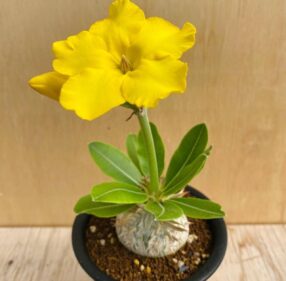
Taxonomy and Nomenclature
The specific epithet enigmaticum was chosen to reflect the plant’s mysterious nature, as it remained unidentified for some time despite being cultivated in nurseries. The species was formally described by Pavelka et al. in 2014, following extensive fieldwork that confirmed its status as a new species within the Pachypodium genus. It is closely related to Pachypodium densiflorum, sharing morphological traits but differing in flower structure and reproductive features.Docslib
Morphological Characteristics
-
Caudex: The plant’s caudex is a swollen, succulent stem that serves as a water reservoir. It is typically 10–15 cm in height and 10–40 cm in width, with a smooth, greyish bark that becomes shinier with age. Young plants exhibit a greenish hue, transitioning to a more silvery appearance as they mature..Caudexplants.com
-
Spines: The apex of the caudex is adorned with paired, conical, fleshy spines measuring 5–10 mm in length. These spines are slightly curved and provide the plant with its characteristic appearance..Caudexplants.com
-
Leaves: Leaves are confined to the apex of the branches, sessile, and slightly pubescent when young. They become glabrous with age and are narrowly ovate to obovate, measuring up to 60 mm in length. The leaves form a rosette at the branch tips, contributing to the plant’s ornamental value.
-
Flowers: The inflorescence is short-pedunculate, 5–20 cm long, and typically bears 1–7 flowers. Each flower features a bright yellow corolla tube approximately 20–35 mm long, with lobes that are broadly obovate and rounded. The exserted stamens and pistil are distinctive, with the stigma protruding 2–3 mm above the corolla tube. Flowering occurs from June to July in its native habitat..Caudexplants.com
-
Fruit and Seeds: The fruit consists of two separate, fusiform mericarps, each about 10–14 cm long. They are slightly pubescent and turn reddish upon maturing. The seeds are pale brown, elliptic to ovate, measuring 4.0–5.0 mm in length and 2.0–2.5 mm in width. They are wind-dispersed, aided by tufts of white hairs that act as parachutes.Caudexplants.com

Pachypodium enigmaticum
Habitat and Distribution
Pachypodium enigmaticum is endemic to the Mandoto area in central Madagascar, specifically at an altitude of approximately 920 meters. It thrives on quartzitic rocks, where it is exposed to full sunlight and experiences significant temperature fluctuations. The plant’s habitat is characterized by a dry climate with distinct wet and dry seasons, influencing its growth and reproductive cycles..Caudexplants.com
Ecological Significance
As a member of the Pachypodium genus, P. enigmaticum plays a role in its ecosystem by providing shelter and resources for various organisms. Its unique morphology and reproductive strategies contribute to the biodiversity of Madagascar’s flora. Conservation efforts are essential to protect this species from habitat degradation and other environmental threats.
Cultivation and Care
Cultivating Pachypodium enigmaticum requires attention to its specific environmental needs:
-
Light: The plant prefers full sun to partial shade. In cultivation, it should be placed in a location that receives ample sunlight, mimicking its natural habitat conditions.Caudexplants.com
-
Temperature: P. enigmaticum is sensitive to cold temperatures. It should be kept in environments where temperatures do not fall below 12°C to prevent damage to its tissues..Caudexplants.com
-
Soil: A well-draining soil mix is crucial to prevent root rot. A combination of pumice, clay, and loam is recommended, with pumice placed at the bottom of the pot to enhance drainage..Caudexplants.com
-
Watering: During the growing season (spring and autumn), watering should be done every 7–10 days, adjusting based on the size of the pot and environmental conditions. In summer, watering can be increased to every 3–5 days. In winter, watering should be reduced to allow the plant to enter dormancy..Caudexplants.com
-
Fertilization: Fertilizing once in spring and once in summer is sufficient, as the plant does not require abundant nutrients..Caudexplants.com
-
Repotting: Repotting should be done every 3–4 years, preferably in early spring, using fresh potting soil. Care should be taken to handle the plant gently due to its spines and toxic sap..Caudexplants.com





